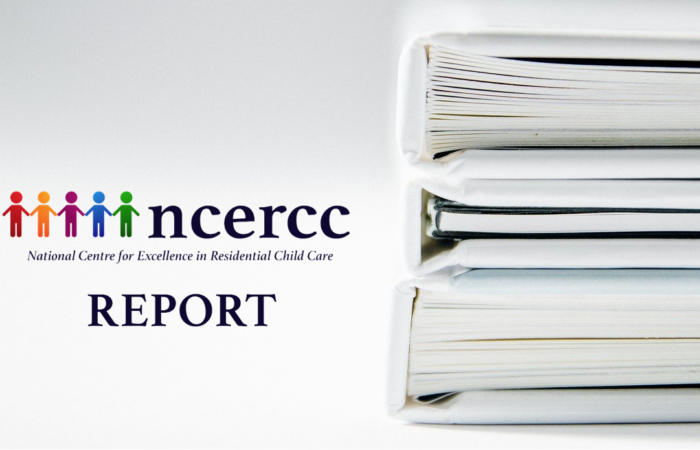
Beyond a boundary. Learning from cricket about residential child care (3)
#3 in the series of four.
Practice and the social context
Cricket and residential child care reflect the social context of the age, So, what?
Cricket clubs are no longer central to their communities, just as children’s homes are not. Cricket in primary schools is frail and fragmented, in secondary it barely exists. Children’s homes are frail and fragmented as a service too. Many of both have a chance to shine but this is not a planned achievement but through the efforts of a few. There is no national strategy for cricket or children’s homes.
Cricket reflects the age. It is adaptable. Once it was industrial and analogue. It’s now commercial and digital. Once it was considered and thoughtful. Now it is the Big Bash.
Cricket has to be seen in its social context. Residential child care has to be seen in its social context.
If we accept the short-termism we open the door to the cutting off of renewal and growth except for ever shorter interventions. Quick fixes rarely work. They are the application of patches not repairs.
This makes cricket increasing unsustainable. It becomes something else. Once test cricket was played patiently, thoughtfully bringing together a range of skills, literally testing the players. Games were talked about long after they had passed. Now it is increasingly transient.
Residential child care increasingly becomes exclusively for those who use it instrumentally, for children in emergency, acute, or chronic longer term needs, or to make or save money.
In doing so it becomes its own self-fulfilling prophecy, ever shorter, ever more costly, in every way financially and personally.
It does so because it is taken off-task and becomes anti-task. It ceases to fulfil the role and task except in an ever-tighter definition that will strangle it sooner or later as it cannot fulfil the ambition for it.
Nor could anything else.
For so long people have worried about the outcomes of children in residential settings but not looking at their situation and history before they arrived.
That miracles happen every day we should be thankful for, or rather than those who deliver them by all the things being present as at the start of this article.
To use residential child care as a solely short-term intervention is not to take it seriously.
It is to set up the situation whereby children who, more by luck than judgement, get what they need when they need it, because of a professional who identifies the need and knows the place where it can be met. Not an alternative intelligent outcome but an acquired intelligence outcome.
The answer to a ‘failure’ is not necessarily a clear out but to look at the needs and assess if there is a structural weakness, the definition of the role and function, the quality of the technique/practice.
This requires a will to turn things round by looking issues square in the eyes.
It requires thinking anew.
We address this in the final part of this series.

